
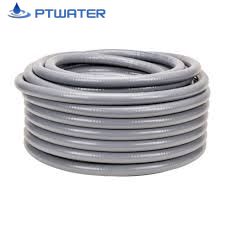

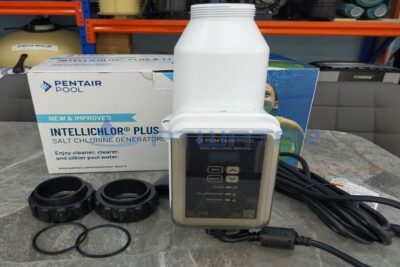
USE IN WASTE WATER TREATMENT
The use of lime in wastewater treatment, usage, concentration of effluent and solubility arising after the use of waste water treatment lime.
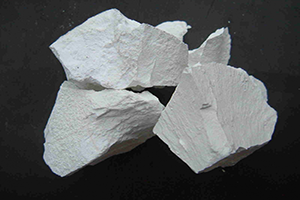 |
| Lime CaO |
Currently lime is widely used in many different sectors: in the process of sterilization, cleaning in the shed, in pond water , as a flocculant and to remove phosphate impurities and other impurities. water and wastewater; in the production of paper to dissolve lignin, as a freeze-thawing agent; in agriculture to improve the acidity of the soil; and in pollution control – in vaporizers for the removal of sulfur-derived gases and the handling of liquids.
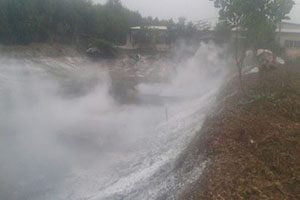 |
| Disinfection of fish ponds |
Lime is a dehydrating agent and used to purify citric acid, glucose, thedyes and as an h absorbed emissions of CO2, SO2. Lime is also used in the ceramic industry, cement, paint and food industries, where it is sometimes used (in combination with water) to heat items such as fast food and coffee. ….
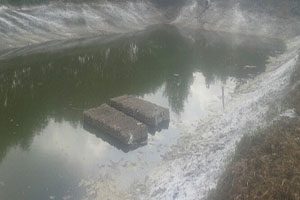 |
| Disinfection of biological lakes |
The introduction of lime into the wastewater treatment system is not yet common, although the cost of lime technology is lower than that of other compounds.
Introduce
Calcium oxide (CaO) is usually produced by thermal decomposition of natural materials such as limestone, which is calcium carbonate (CaCO3). It occurs when the material is heated to about 900 ° C (American Scientist), a process known as calcination, to remove carbon dioxide under a reversible chemical reaction.
Lower temperatures can produce a reversible reaction, which allows the material to be calcined into calcite, reabsorbing the surrounding carbon dioxide to become limestone. This is one of the reactions that humans have known since prehistory: see also the lime kiln.
Highly alkaline, soluble in water ( 1 liter dissolve 1.56 g of lime ) when lime has dissolved in saturated solution, the lime solution is only pH = 12.
Application
Due to the slow water solubility in normal conditions, the saturated and post-saturated lime content can be considered as the lowest cost industrial disinfectant.
In addition to the ability of disinfection in wastewater, at the level of saturation, when reaching the pH level of 12, lime water also makes most of the peptide bonds, ester linkages … hydrolysis and chemical structure change. , breaking down the linkage to reduce toxicity to the waste streams need to treat toxic chemicals such as waste water disinfection pesticides ,leachate waste , hospital hospital waste forensic mechanism …
At pH 12, heavy metals will also precipitate in the form of hydroxide
Use lime to treat the content of ammonium by alkalinity .
The purpose of this method is to bring the pH up, ammonia exists in water in two main forms, Nh4 + and NH3, this existence is due to the pH factor determines, when the pH is high, alkalinity increases, NH4 + Transforms the electrons into free volatile NH3s.
Completed the process of wastewater treatment based on lime is often applied to the waste water with pollution concentration Ammonium high, accompanied by a concentration of COD, poison big, because after thealkali waste water needs a neutral country Discharging , creating an environment suitable for the development of microorganism treatment of organic compounds in wastewater, as well as secondary products arising after the process to be treated.
Secondary products arise depending on the intended use or disposal, which is involved in the neutralization of waste water.
Normally, it only accounts for 2-5% of wastewater treatment volume . There are 3 main wastes after wastewater alkalisation: lime residue after saturation with organic matter extracted in wastewater precipitate by lime;Calcium carbonate CaCO3 or Calcium sulphate CaSO4 (if H2SO4 as neutralizing substance) and biomass when biological treatment.